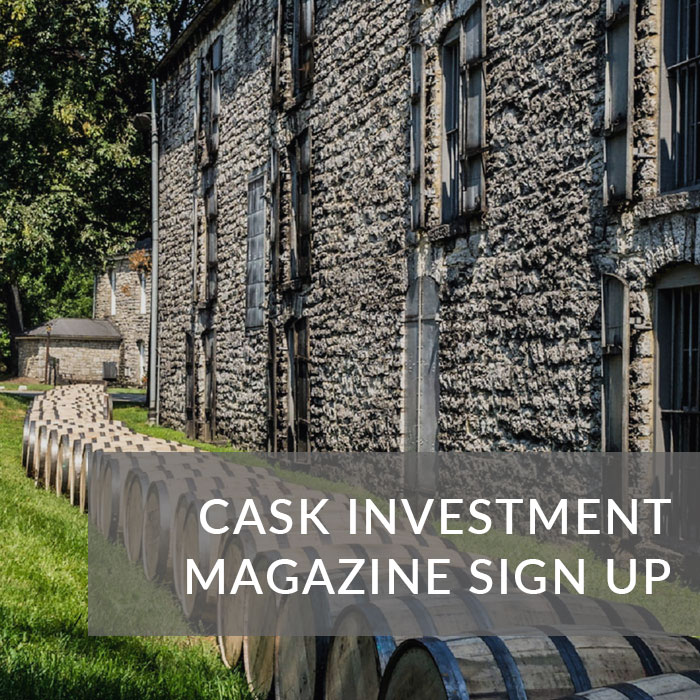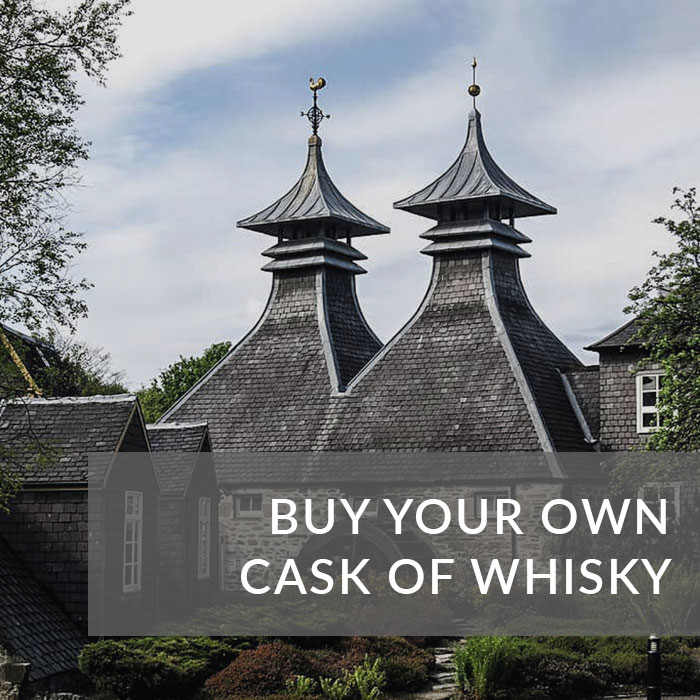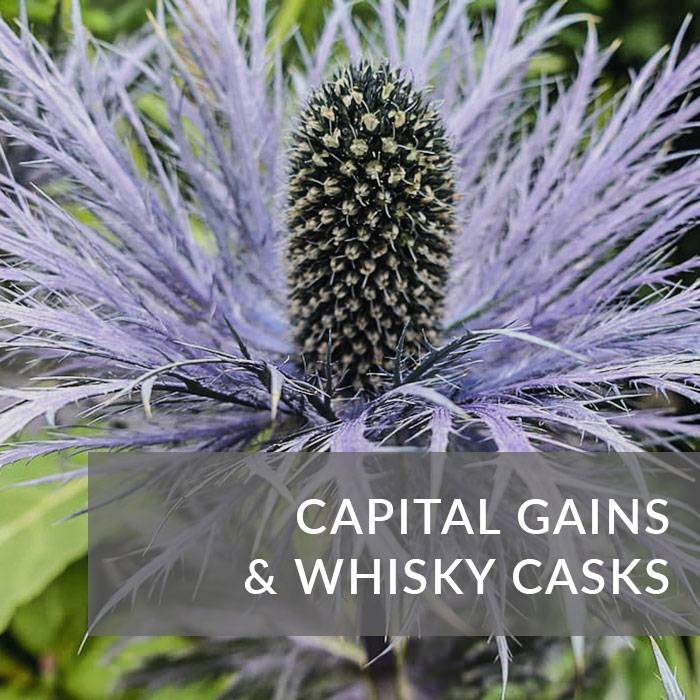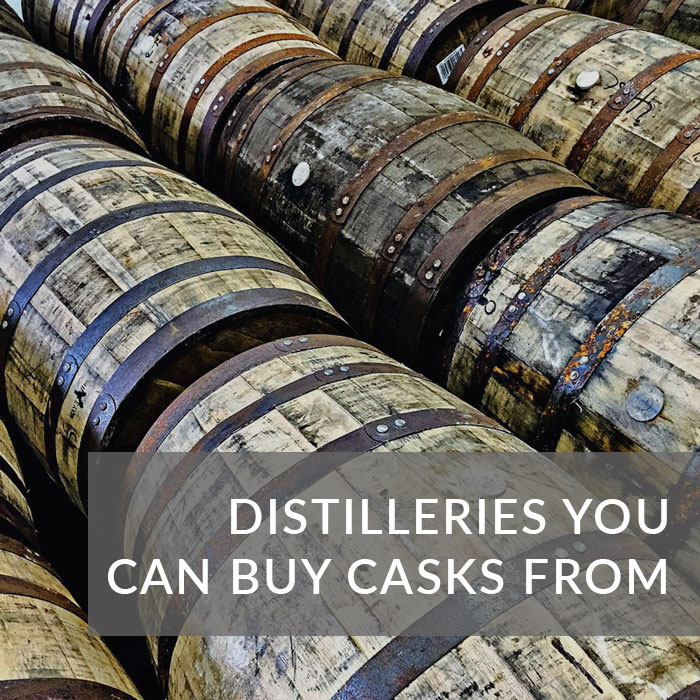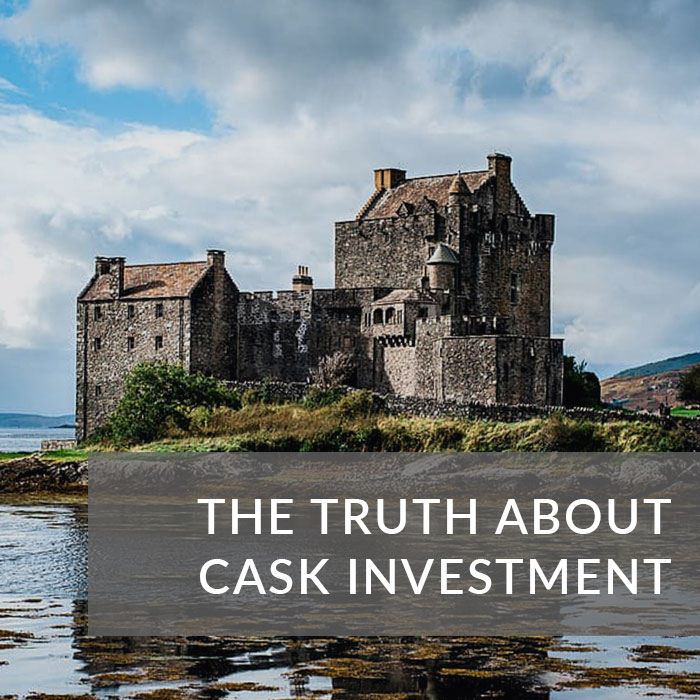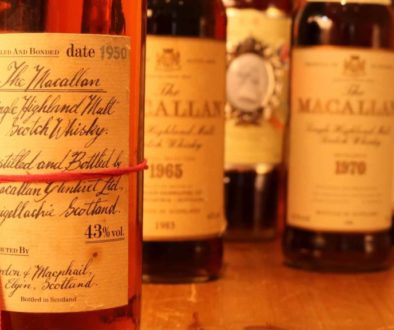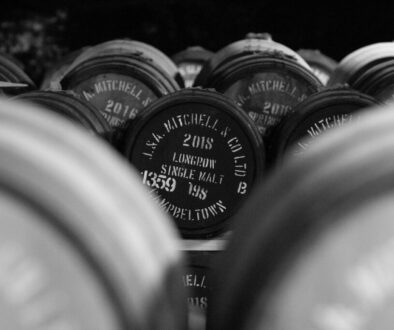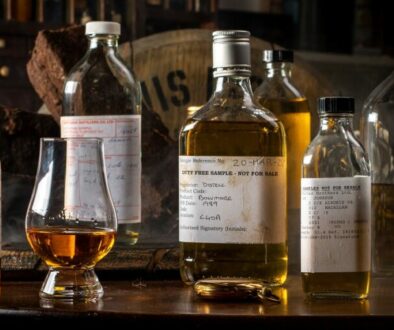This article will explain what the The Knight Frank Luxury Investment Index is, where whisky bottles and casks come into it, and how it can help you make a whisky investment if used properly.
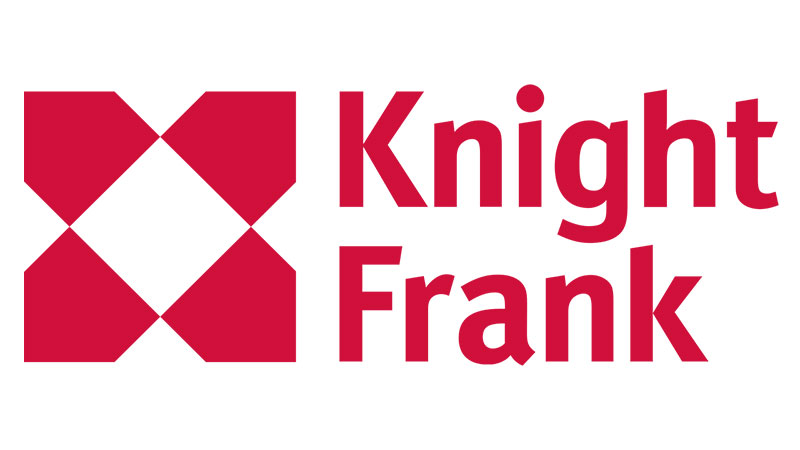
What is The Knight Frank Luxury Investment Index?
The Knight Frank Luxury Investment Index is produced annually as part of the Knight Frank Wealth Report. The Wealth Report gives a “global perspective on the key trends impacting wealth and property markets,” including the progress and performance of collectable luxury assets such as art, classic cars, wine, handbags and rare whisky bottles.
Each year, Knight Frank releases the Wealth Report, which analyses the global property market and wealth distribution over the preceding 12 months. It also analyses the performance of the luxury assets mentioned above, looking at them individually and as a group; The Knight Frank Luxury Investment Index (KFLII).
The Knight Frank Wealth Report is considered an authoritative source of insight into the performance of luxury assets and investments of passion from a company, which has been running since 1896. It was founded in London by John Knight, Howard Frank, and William Rutley. Knight Frank has 487 offices globally, and 20,000 employees handling more than £498 billion worth of commercial, agricultural and residential real estate every year.
The Knight Frank Whisky Index
Specifically the Knight Frank Rare Whisky index tracks the value of 100 ultra-rare luxury bottles of whisky. This then contributes to their larger Knight Frank Luxury Investment Index (KFLII) which is a weighted combination of indexes for the following luxury assets: coins, wine, art, classic cars, rare whisky, watches, furniture, coloured diamonds, jewellery, and handbags (stamps were removed in 2021).
Whisky was first included in the 2019 report after the 2018 data showed that rare bottles of whisky outperformed gold, art, and jewellery.
Within the KFLII, rare whisky remains the strongest performer over the last 10 years, however the recent performance has dropped compared to other assets within the index.
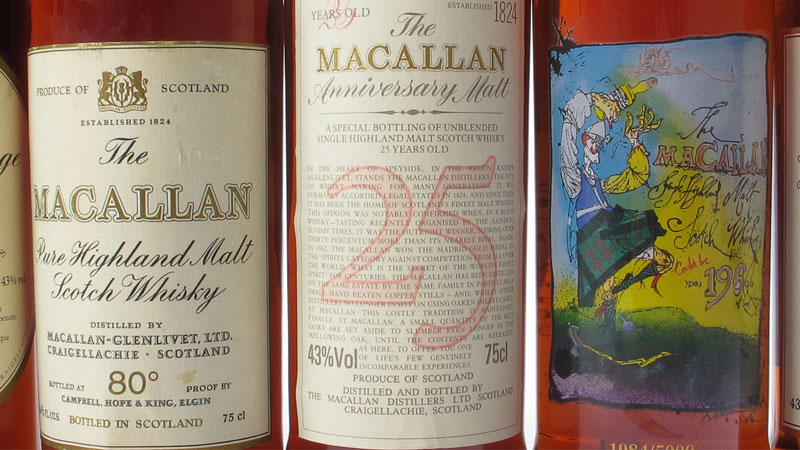
Rare Whisky in 2023
The 2023 Wealth Report opens with comments on the global issues that have impacted world economies over the last 12 months but suggests that the outlook for 2023 should be brighter.
Similar commentary can be said about the whisky market of the last 12 months, which has been varied, with stark contrast between different sections of the market. The Knight Frank Whisky index was the weakest performer of the 11 luxury assets indexes over 2022, showing just 3% growth. This comes off the back of two further weak years with a rise of 9% in 2021 barely balancing a drop of 3.5% in 2020.
It is important to realise that the Knight Frank Whisky index looks at just 100 of the rarest and most expensive bottles in the market. A quick look at indexes that analyse broader and less expensive sections of the market show other trends. Which shows that while indexes can be useful it is important to get a good understanding of what they represent so you can use them most effectively.
Rare Whisky in 2022
The 2022 Wealth Report analysed the performance of 2021. There were some lingering impacts of COVID-19 in general, and a cautious outlook. The nature of whisky purchases meant that the effects of remote buying and selling were limited and there was some rebound following the stricter restrictions of the previous year.
The Knight Frank Rare Whisky index grew by 9%, however once again the value of the whiskies represented in the index didn’t grow as much as the general whisky market as more buyers got involved in lower value (sub £5,000) bottles.
Rare Whisky in 2021
The 2021 report looked at the performance of the rare whisky index in 2020, ie during the first waves of the COVID-19 global pandemic. Rare whisky remained the strongest performer over 10 years but the annual performance dropped by 3.5%.
The commentary in the report is interesting as it discusses in some detail the limitations of indexes. Excluding the Macallan bottles from the Index would have produced at positive overall result, and looking at other indexes that represent the broader market showed an increase of 8%. This shows somewhat of a split in how the different sides of the market responded to the changes caused by COVID-19, and once again the importance of understanding the scope and limitations of indexes.
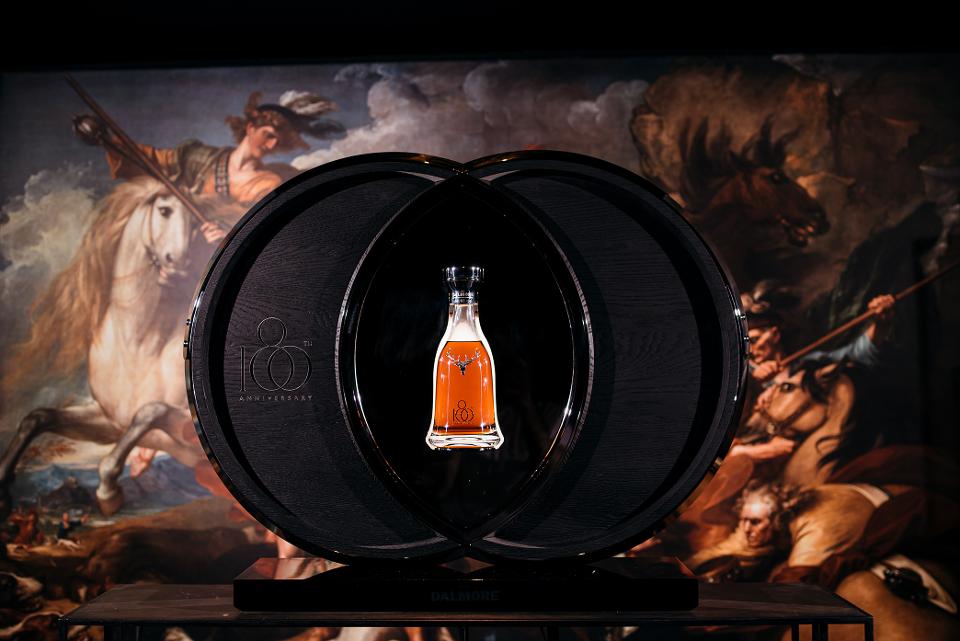
Rare whisky in 2020
The 2020 wealth report introduced designer handbags as the latest investment of passion for the ultra wealthy. And it was certainly handbags at dawn where whisky was concerned; in 2019 Hermes handbags saw more growth than rare whisky.
Hermes handbags went up 13%, whereas rare whisky bottles only grew 5% (compared to 40% the preceding year and despite the record breaking Macallan at the end of 2019).
The slowing growth for whisky may be due in part to the dip in value of Macallan, as they had a half-year fall of 2.67%, apparently due to oversupply. Supply balanced out in the second half of 2019, and likewise rare whisky went on to see an overall growth of 5% through the year.
Whether the slowing was due to oversupply or a slowing of the market as it reaches a more steady state is much discussed in the industry. Looking separately at auction prices show some distilleries performing better than others.
Regardless of the year by year outlook, over a 10-year-period rare whisky bottles still out grew any other asset in terms of overall increase in value; 564%.
Collectors continued to seek out the rarest bottles from the most prestigious distilleries and these are the ones that continue to drive growth. These distilleries include Dalmore, Springbank, Ardbeg, Bowmore, Lagavulin, and Brora.
Rare Whisky in 2019
The 2019 Wealth Report saw a whisky index joining the other investments of passion for the first time. Each report looks at the previous 12 month of data and as such offered retrospect on how well rare whisky performed in 2018. According to the 2019 wealth report, values of the bottles in the index surged by 40% in 2018. For comparison, the value of coins, art, and wine rose by 12%, 9%, and 9% respectively.
The 2019 report goes into more details of the performance of rare whisky over the preceding decade. Rare whisky bottles outperformed all other ‘investments of passion’, with the value increasing by 582% over 10 years, compared to 258% for classic cars, the next most valuable investment.
“Single malt whisky is increasingly seen as an investment of passion by high-net-worth collectors, particularly in Asia” – Andrew Shirley, Editor, The Wealth Report
Controversially the 2019 report also discussed investment in whisky casks alongside the whisky bottle index. What is the issue you may ask? Well, we are long standing advocates that the performance of whisky bottles cannot be used as an indicator for casks. If you don’t have time to read the full explanation then comparing casks to bottles is like comparing the purchase of bricks to buying a finished house.
Casks are like bricks; they are the raw material. Casks contain the product that will eventually be decanted into the bottles. However, the whisky in the cask is not fully matured, and is not yet subject to the bottling, the marketing, the branding, and everything that makes a bottle collectible.
Bottles are the finished product, usually with the name of a prestigious distillery on them, and the whisky in them fully matured.
Because of this fundamental difference the performance of bottles should not be used to suggest casks are a good investment. Casks can be a good investment when done properly, but they are not part of the Knight Frank Index.
At the end of 2019 we saw the world record price for a bottle of whisky broken again. Another Macallan 1926 60 year old, but with a different bottle design. We’ve done our own discussion of 2019, including that record here.
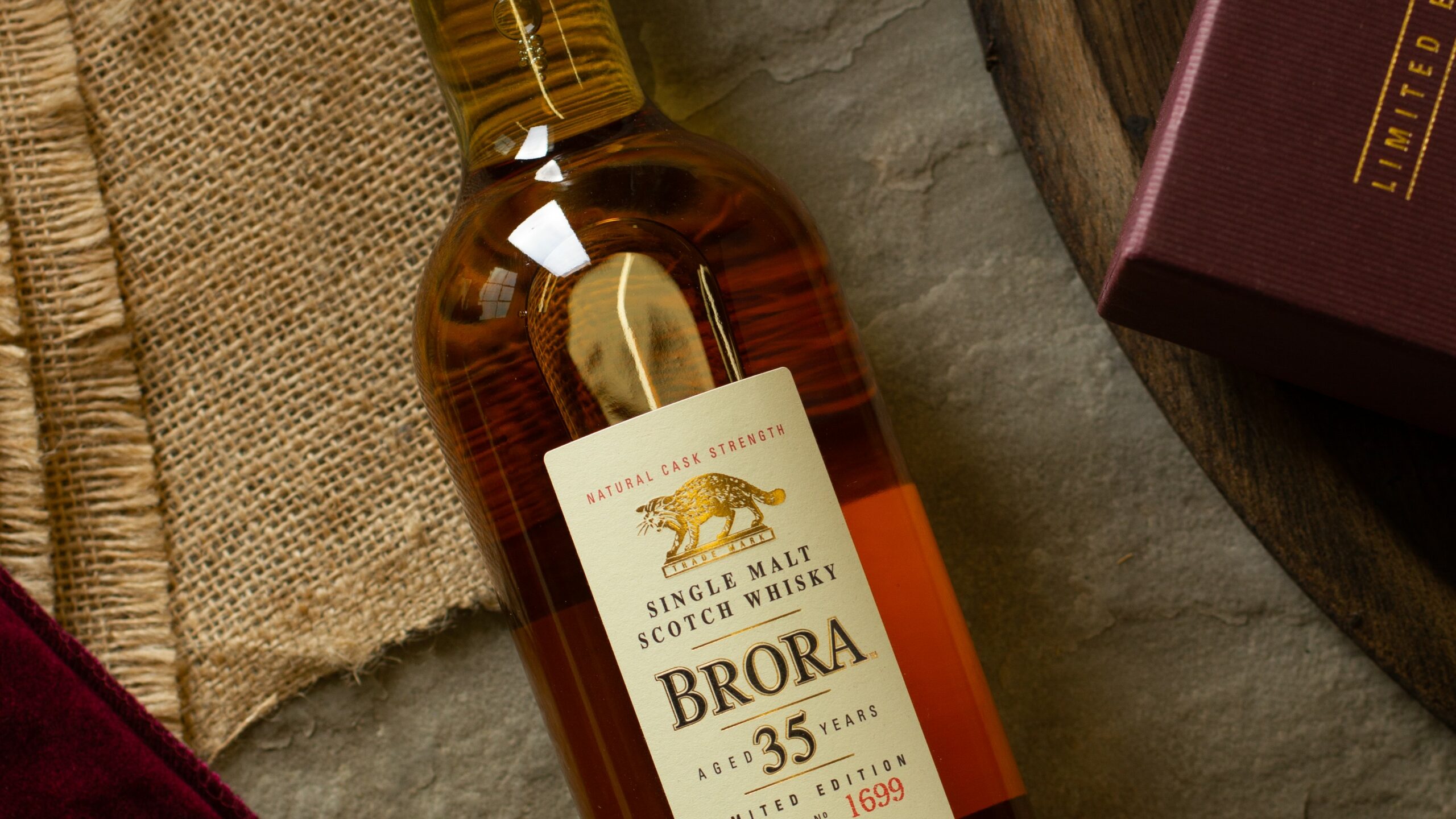
Thinking of Investing in Rare Whisky?
Do you have a bottle you are looking to sell, or are you thinking of starting a whisky bottle collection? Consider looking at our whisky bottle investment guide as a comprehensive starting point.
It is important to remember these 2 things when looking at buying or selling rare whisky:
- Casks and bottles are not comparable. If you use the index wisely it can be a great tool, but be careful not to end up comparing apples to pineapples.
- This index is looking at high value rare whisky bottles. It is not enough to have, or buy any old bottle of whisky. Some distilleries, vintages, ages etc are more sought after than others.


